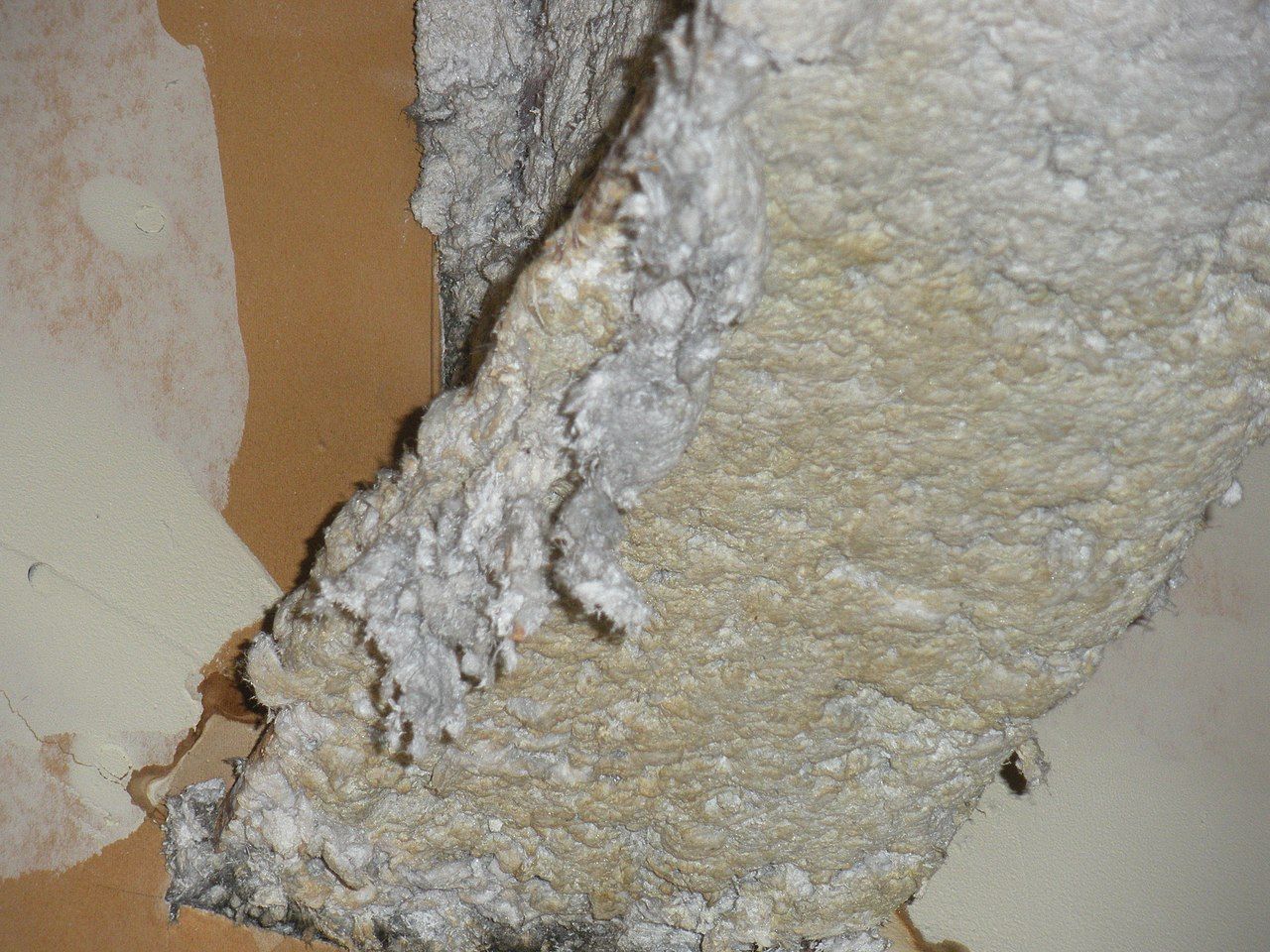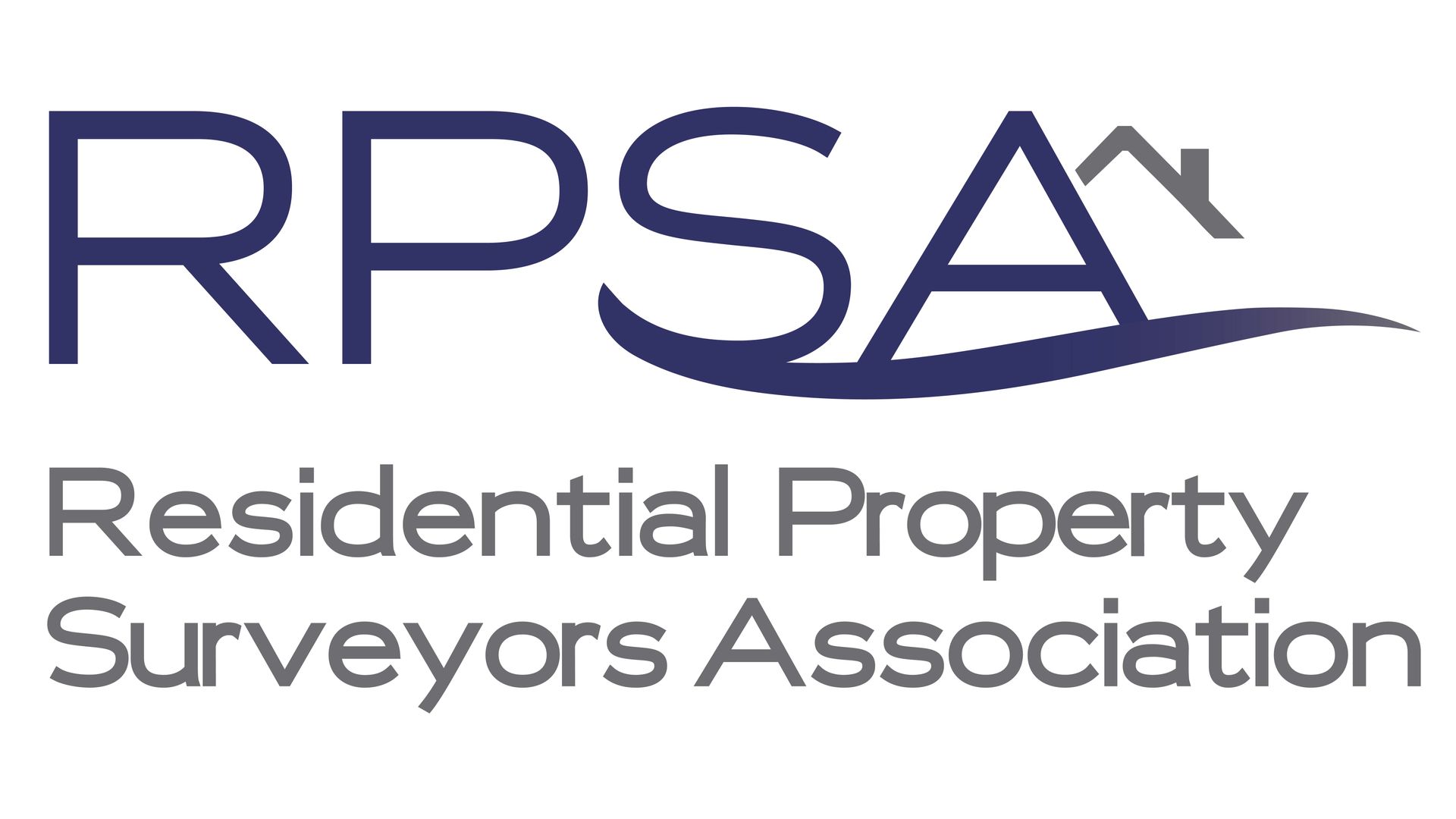Unmasking the Dangers of Asbestos in Homes: Identification and Removal
Asbestos, once hailed for its fire-resistant and insulating properties, is now recognised as a silent health assassin lurking in many homes. Exposure to asbestos fibres poses severe health risks, including lung diseases and cancer.
The Dangers of Asbestos
Asbestos is a group of naturally occurring minerals known for their strength and heat resistance. However, when disturbed, asbestos can release microscopic fibres into the air, which, when inhaled, can lead to serious health issues. Prolonged exposure may cause asbestosis, lung cancer, and mesothelioma (Pleural mesothelioma develops when asbestos fibres are inhaled and stick in the protective lining of the lungs (pleura)).
Common Areas Where Asbestos is Found in Homes
- Insulation: Asbestos was commonly used in insulation materials, such as loose-fill, batts, and spray-applied insulation.
- Flooring: Vinyl tiles and the backing of linoleum flooring may contain asbestos.
- Ceiling and Wall Materials: Textured paints, patching compounds, and joint compounds used in ceilings and walls may contain asbestos.
- Roofing Materials: Some older roofing materials, including shingles and felts, may contain asbestos.
- Pipes and Ducts: Asbestos-containing materials were frequently used in pipes, ducts, and thermal insulation.
Identification of Asbestos
Identifying asbestos in your home can be challenging, as it is often mixed with other materials. Hiring a certified asbestos inspector is the safest way to assess the presence of asbestos. However, some general indicators include:
- Age of the Building: Homes built or renovated before 1999 are more likely to contain asbestos. After which asbestos materials were banned.
- Visual Inspection: Inspecting materials for signs of wear, damage, or deterioration. Any suspected materials that may contain asbestos and are damaged there is an increased risk of the fibres being airborne.
- Professional Testing: Sampling and laboratory testing by asbestos removal professionals.
Safe Removal of Asbestos
If asbestos is identified, removal should only be performed by trained and licensed professionals. DIY removal poses significant health risks due to the potential release of fibres into the air.
Key steps in asbestos removal include:
- Professional Assessment: Conduct a thorough assessment by certified asbestos professionals.
- Containment: Isolate the affected area to prevent asbestos fibres from spreading.
- Wet Removal: Wetting materials to minimise fibre release during removal.
- Proper Disposal: Dispose of asbestos waste in accordance with local regulations. This can be expensive.
Conclusion
Asbestos, once a popular construction material, now demands our attention due to its severe health implications. Identifying and safely removing asbestos in homes is a complex process, requiring professional expertise to protect both the residents and the environment.
Prioritising the safety of you and your family through awareness and proper remediation measures is crucial in mitigating the risks associated with asbestos exposure.










